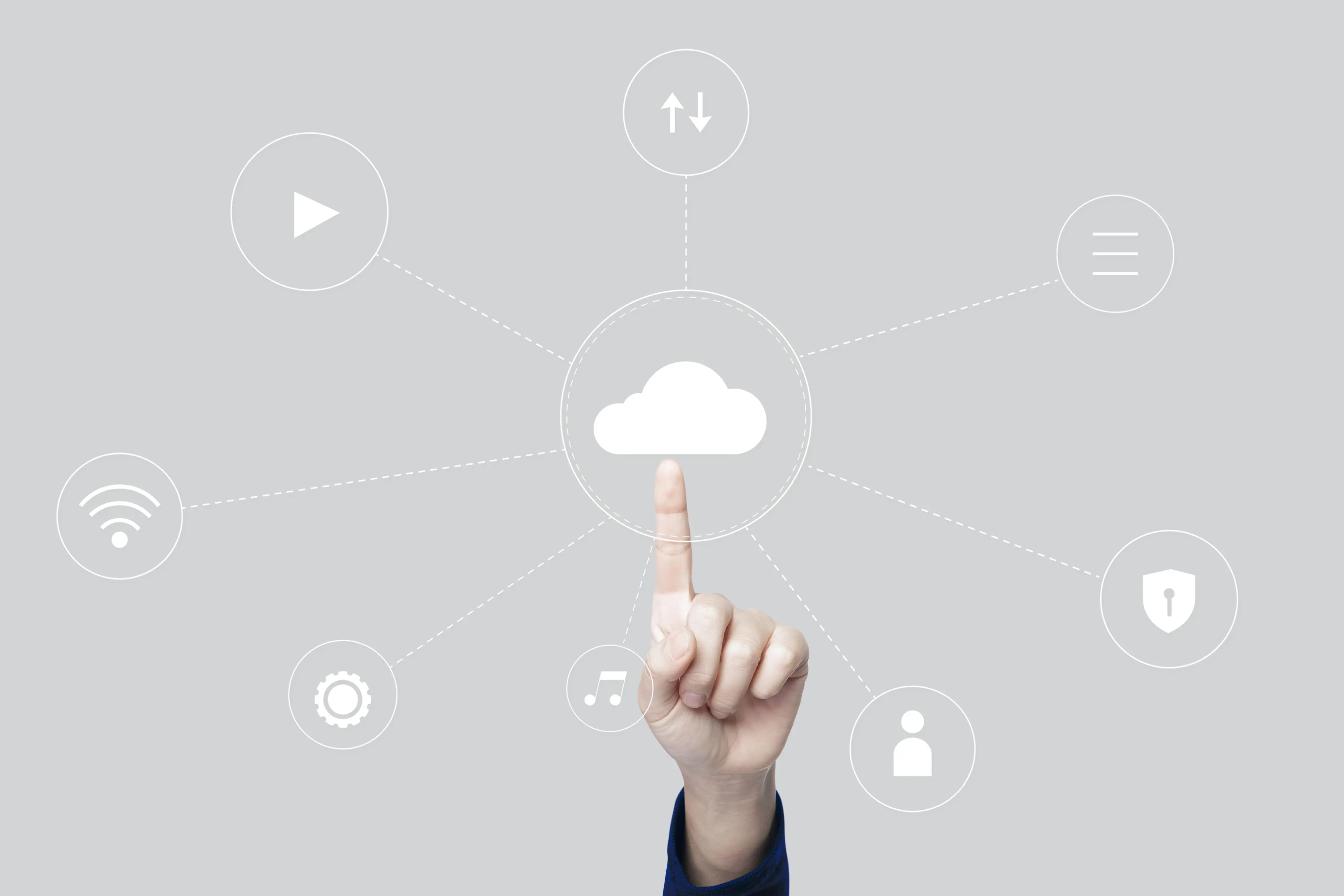
Phygital: how can you integrate this strategy into your business?

Phygital, a distribution strategy combining physical and digital, has been widely adopted by retail players, particularly since the COVID-19 pandemic in 2020. This period marked a digital turning point for many industries, pushing consumers to get used to new distribution modalities.
Before the pandemic, phygital was still in its infancy. However, it has since revolutionized various sectors, offering retailers unprecedented opportunities to meet new consumer needs. Physical stores now incorporate digital technologies to enhance the customer experience, while online platforms seek to recreate aspects of face-to-face interaction.
This integration of digital into physical spaces not only enables personalized services, but also optimizes inventory management and improves operational efficiency. Consumers benefit from a smoother, more seamless shopping experience, whether in-store or online.
In short, phygital has become an indispensable part of the modern retail landscape, offering an appropriate response to consumer expectations and paving the way for a continuing transformation of distribution practices.
Phygital: definition
The term "phygital" refers to the fusion of physical and digital environments in the customer journey.
This trend is driving many companies to adopt an omnichannel strategy to create integrated in-store and digital experiences. The phygital experience must be coherent and complementary, offering customers a seamless transition between the two worlds.
According to a 2023 study, 72% of consumers prefer brands that offer a harmonious phygital experience. This shows the growing importance of phygital in customer satisfaction and loyalty, forcing companies to constantly innovate to meet these expectations.
By integrating digital technologies into physical points of sale, companies can improve customer interaction, personalize offers and increase operational efficiency. Phygital thus represents a major opportunity for brands to stand out from the crowd and enrich the customer experience.
How to adapt the customer experience?
Adapting the customer experience to the phygital age is essential for companies wishing to meet the growing expectations of their customers. Customers want the benefits of both physical and digital experiences. They want to touch and try products, while enjoying the convenience and speed of online shopping.
To meet these needs, companies need to offer a complete, seamless sensory experience. This means rethinking physical points of sale to integrate digital technologies. For example, Nike has created stores where customers can personalize their shoes directly on the spot, combining the immediacy and interactivity of digital with the tactile experience of the physical.
The aim is to merge the two worlds to create a seamless, enriched customer experience. Digital tools such as mobile applications, QR codes and interactive kiosks can be used to enrich the in-store experience. In this way, customers can explore, personalize and purchase products in an intuitive and enjoyable way. By adapting the customer experience in this way, companies can not only satisfy existing customers, but also attract new ones looking for innovation.
The development of drive-to-store
As mentioned above, the COVID pandemic led to the development of new strategies, in particular as companies adapted to the exceptional situation.
In fact, supermarket chains and certain restaurants have put the "takeaway" back on the agenda. As a result, we've witnessed the development of a large number of drives. Specialist retail brands have seized on this sales modality to offer it to consumers: they order or make an appointment online beforehand, and then go to the outlet to try on their product, pay for the transaction, and collect their purchases.
This method not only met the immediate need for social distancing, but also offered customers greater flexibility, creating a new consumer habit. What's more, this transition to online solutions and in-store collection options has enabled businesses to continue operating while complying with health measures. These innovations have proved their worth, and may well remain an integral part of business strategies in the long term, even after the pandemic is over.
Conclusion
PIM (Product Information Management) software plays an essential role in implementing a phygital strategy. This type of tool enables you to centralize and synchronize all product information, guaranteeing accurate, up-to-date information across all sales channels.
For example, a PIM can enrich a product sheet or paper catalog, generate QR codes, etc. It offers harmonized management of product data across various points of contact, whether online or physical. This centralization facilitates the rapid and consistent distribution of information, reducing errors and improving customer satisfaction.
PIM therefore makes it possible to effectively exploit a range of sales channels, making them complementary to offer an omnichannel experience. So, whether consumers consult a website, a mobile app, or visit a store, they benefit from a seamless, uniform experience.
In short, a PIM is essential for companies wishing to integrate a successful phygital strategy, optimizing their ability to meet the expectations of modern customers and maintain increased competitiveness in the marketplace.
Phygital" combines the best of the digital and the physical: e-commerce + stores. Click & Collect - or Drive-to-Store - has taken hold since the pandemic, enabling consumers to buy online and pick up at the point of sale. This trend is boosting purchasing frequency, average basket value and customer loyalty.
According to McKinsey, phygital personalization can increase sales by 15%, and a study by Phygital Retail shows that Click & Collect is one of the most impactful levers. At chains such as Nordstrom and Zara, the mixed drive-in and drive-up strategy significantly improves the customer experience.
To succeed, structure the strategy around stock reliability, a fluid user path between channels, and clear communication. Integrating PIM ensures the consistency of online-offline product information, while optimizing logistics flows and returns. Phygital thus becomes a powerful lever for growth and customer engagement.








_Leader_Mid-Market_Leader.svg)

_MomentumLeader_Leader.svg)

_BestResults_Enterprise_Total.svg)
_EasiestToUse_Enterprise_EaseOfUse.svg)
_UsersMostLikelyToRecommend_Enterprise_Nps.svg)






